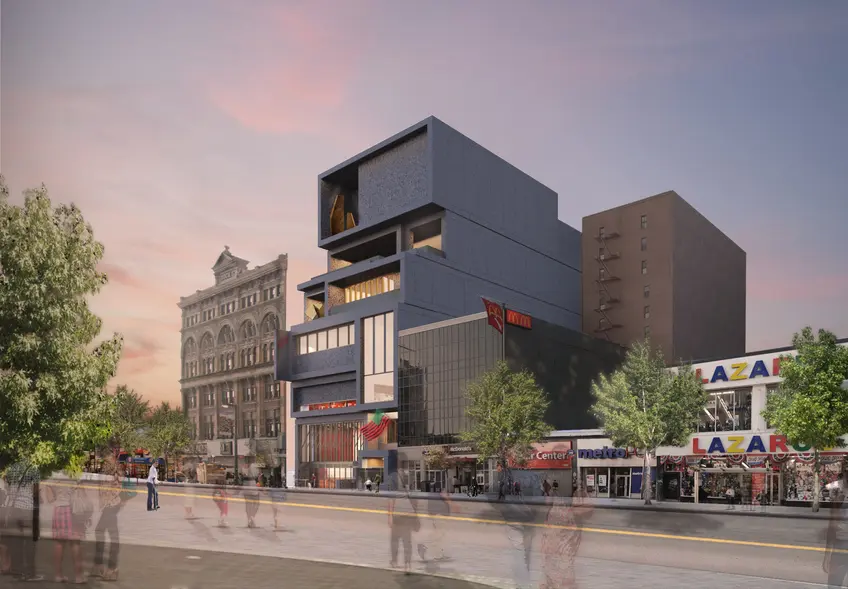 Credit Adjaye Associates
Credit Adjaye Associates
Harlem’s 125th Street is amid sweeping changes, with some new developments committed to enhancing the thoroughfare’s cultural offerings, while others more focused on reaping the benefits of the city’s red-hot real estate market. Fitting squarely into the first category will be a $122 million new home for the Studio Museum of Harlem – a fifty-year-old institution whose mission is to foster and display works of art by artists of African descent.
The institution's new building is being designed by the British firm Adjaye Associates, led by African-British architect David Adjaye. The 53-year-old is best known for his Smithsonian’s National Museum of African American History and Culture in Washington D.C. but has already left his mark in New York with the Sugar Hill Development on 155th Street and the still under construction condo 130 William Street in the Financial District. The Studio Museum's new structure is replacing its pre-existing home located inside a Classically-styled bank building at 144 West 125th Street near the corner of Adam Clayton Powell Jr. Boulevard. A recent visit to the project site reveals the demolition of the pre-war structure is now well underway.
The institution's new building is being designed by the British firm Adjaye Associates, led by African-British architect David Adjaye. The 53-year-old is best known for his Smithsonian’s National Museum of African American History and Culture in Washington D.C. but has already left his mark in New York with the Sugar Hill Development on 155th Street and the still under construction condo 130 William Street in the Financial District. The Studio Museum's new structure is replacing its pre-existing home located inside a Classically-styled bank building at 144 West 125th Street near the corner of Adam Clayton Powell Jr. Boulevard. A recent visit to the project site reveals the demolition of the pre-war structure is now well underway.
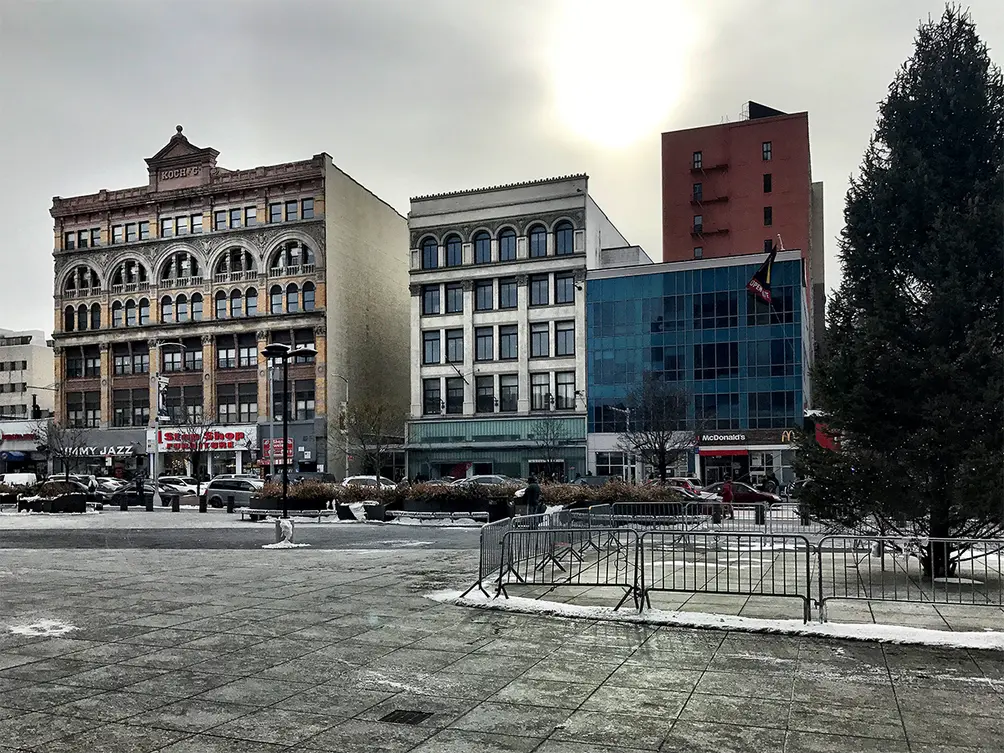 The turn-of-the-century bank building that the institution has occupied since 1982 is being completely demolished. (January 2018)
The turn-of-the-century bank building that the institution has occupied since 1982 is being completely demolished. (January 2018)
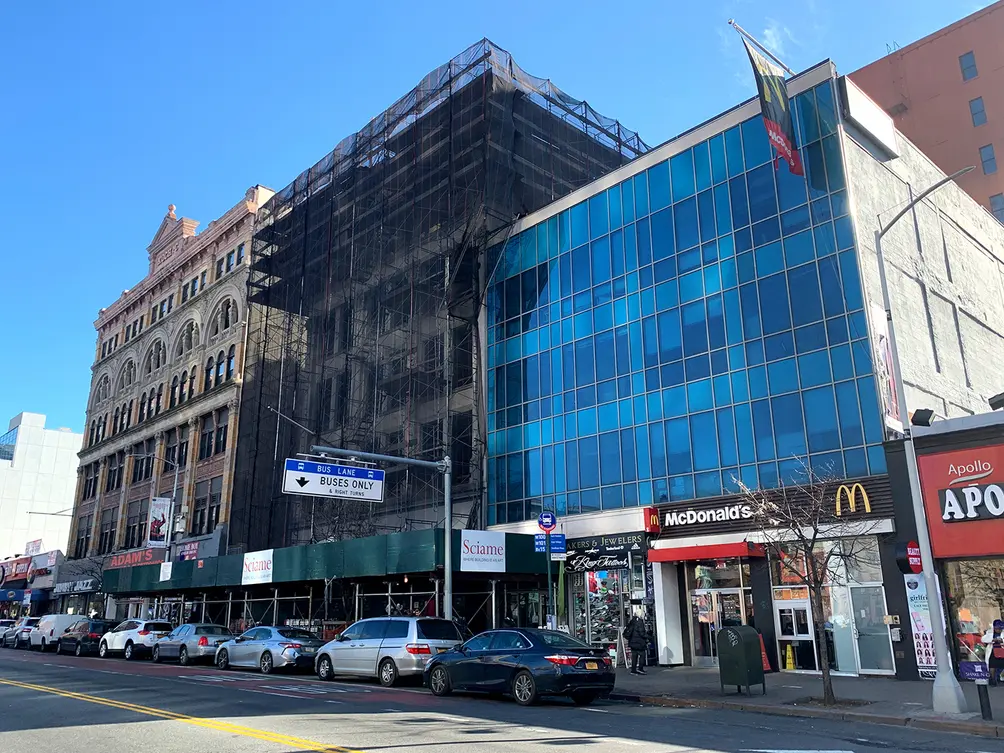 Demolition progressing at the Studio Museum of Harlem site in late February 2020 (CityRealty)
Demolition progressing at the Studio Museum of Harlem site in late February 2020 (CityRealty)
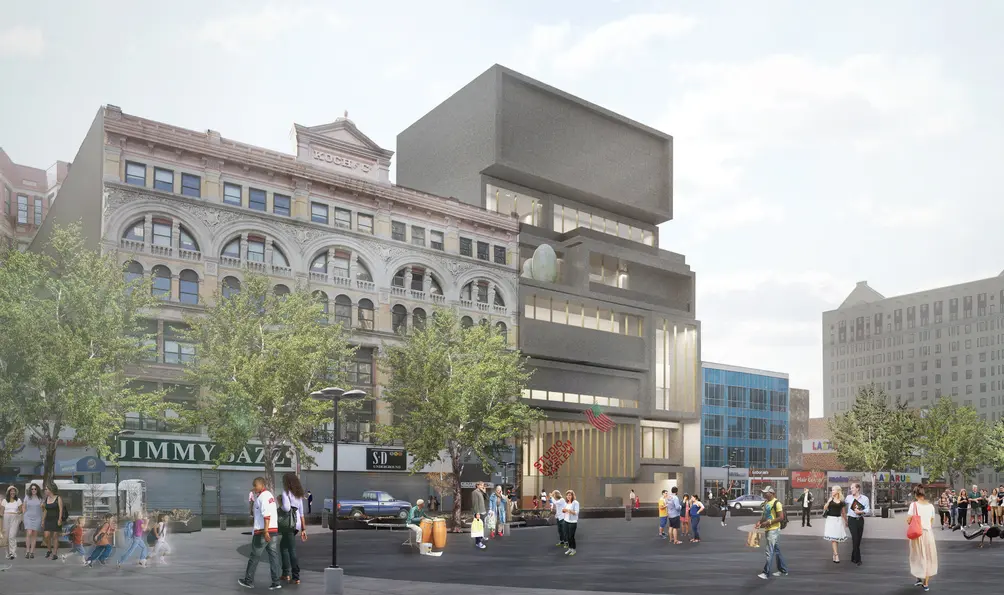 Courtesy Adjaye Associates
Courtesy Adjaye Associates
In December 2017, building permits were filed by Cooper Robertson, the architects of record who are working alongside Adjaye to bring the design to fruition. The 82,000-square-foot building will have more than 17,000 square feet of gallery and exhibition space, an expansion that will allow the museum to better showcase its 2,000-object permanent collection. “Above all, we have sought to create spaces that celebrate the rich heritage of the institution, its relationship with artists and its role as a pillar of Harlem’s cultural life,” says Adjaye in a September 2017 press release.
Upon entering the museum, there will be a glass-fronted lobby with a bleacherlike staircase — “a reverse stoop,” the architect says, that will be open to the public and serve as seating for public programs. There will also be studio space for three artists in its yearlong residency, education spaces, a cafe and a free roof area for sculpture and events.
Mr. Adjaye says he was inspired by Harlem’s architectural vernacular and the airy interiors of the neighborhood’s churches. “I wanted to honor this idea of public rooms, which are soaring, celebratory and edifying — uplifting,” he said. “Between the residential and the civic, we learned the lessons of public realms and tried to bring those two together.”
Mr. Adjaye says he was inspired by Harlem’s architectural vernacular and the airy interiors of the neighborhood’s churches. “I wanted to honor this idea of public rooms, which are soaring, celebratory and edifying — uplifting,” he said. “Between the residential and the civic, we learned the lessons of public realms and tried to bring those two together.”
When the project was announced in 2015, the completion goal was for 2019. The museum now states that construction will continue through 2021. The expansion is being funded through a public-private partnership, with the city contributing nearly $54 million, and additional sources contributing $62 million.
 Courtesy Adjaye Associates
Courtesy Adjaye Associates
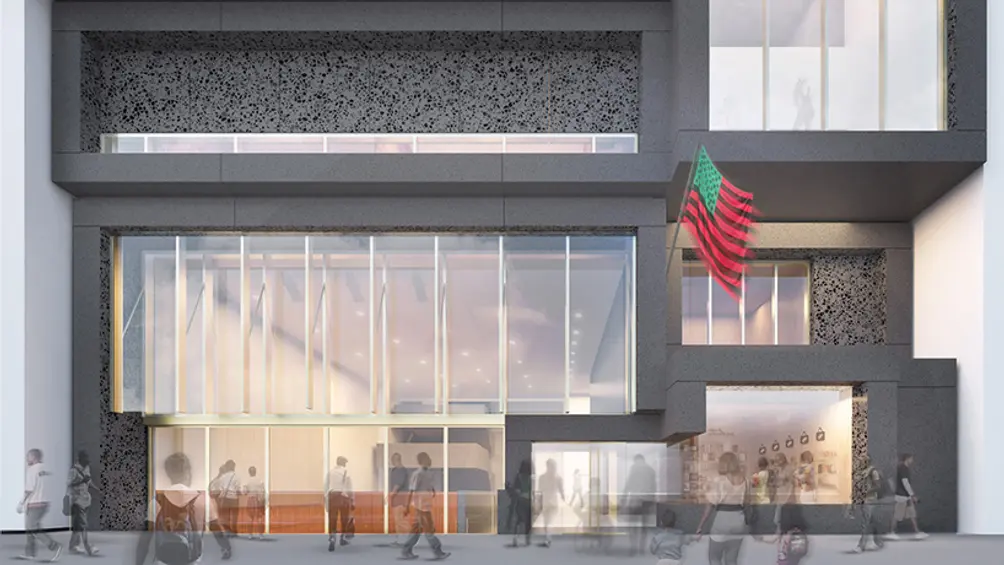 Ground floor (Adjaye Associates)
Ground floor (Adjaye Associates)

 6sqft delivers the latest on real estate, architecture, and design, straight from New York City.
6sqft delivers the latest on real estate, architecture, and design, straight from New York City.
